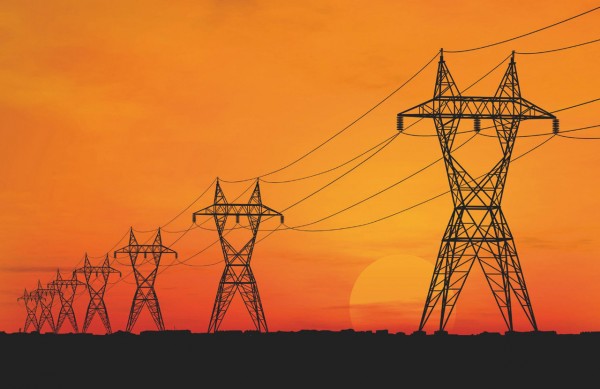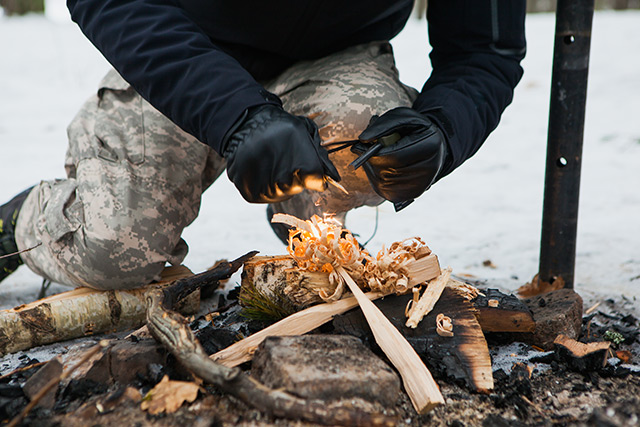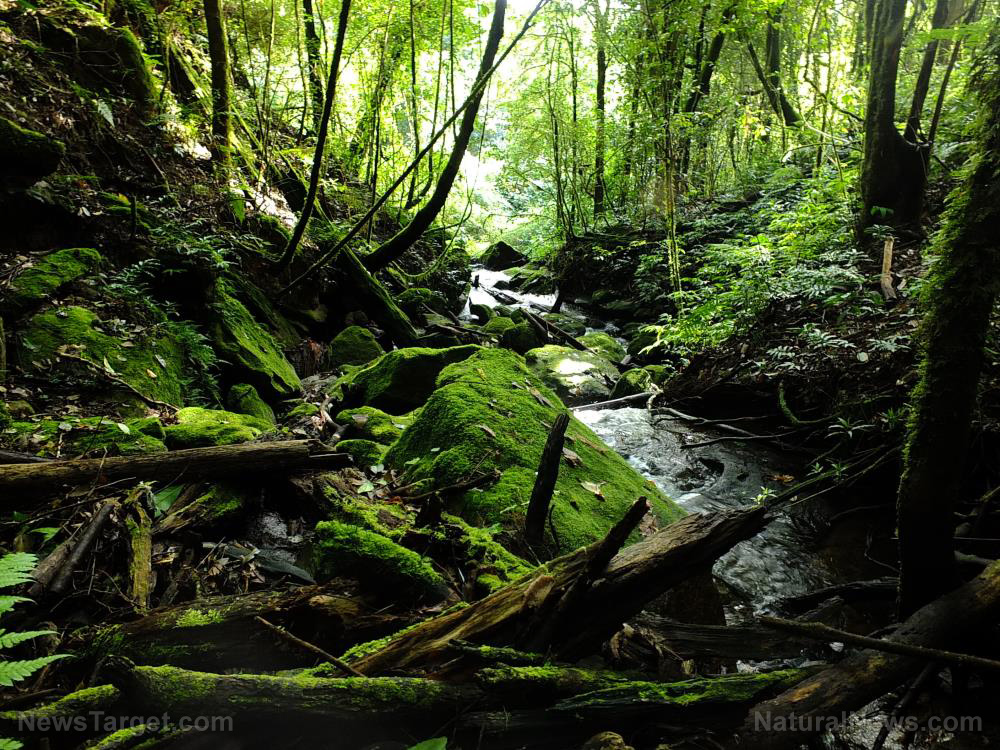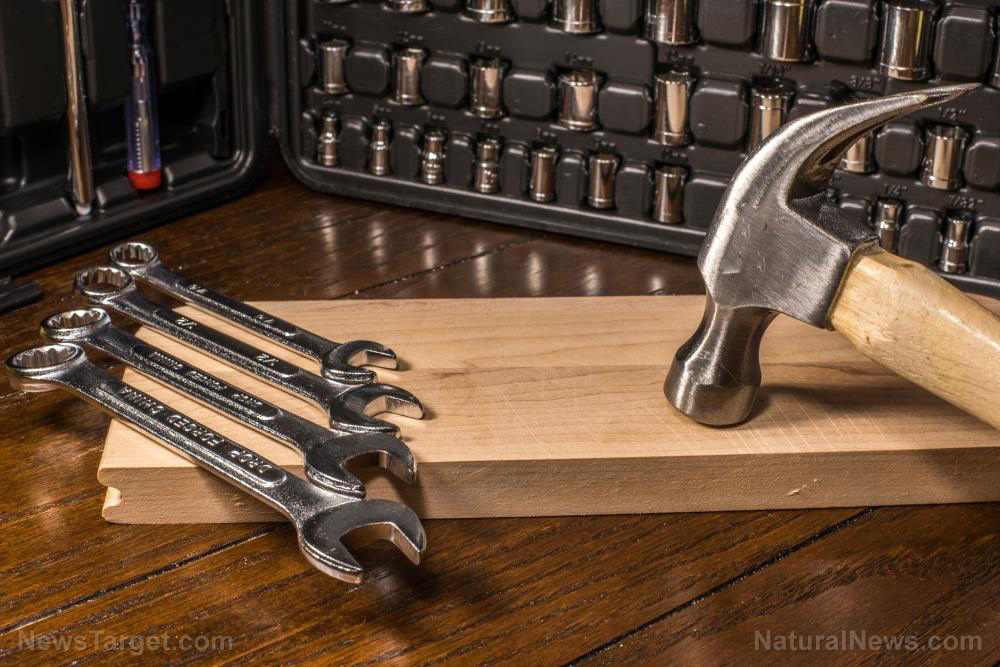Catastrophic living conditions in Puerto Rico can teach us a wealth of truth about post-collapse survival
12/06/2017 / By Isabelle Z.

What would happen if the grid collapsed? Many people imagine it would not be too different from what happens when the power goes out after a storm, with long hours spent in the darkness playing cards by candlelight. You’ve got a cabinet full of canned goods, so you’d be able to get through it, right?
More than a million people in Puerto Rico are getting a harsh lesson on what life is like without power and running water, and we could all learn from their experience. Three months after being devastated by Hurricanes Maria and Irma, a third of people in Puerto Rico still have no power and a tenth do not have running water. Those who are fortunate enough to have running water have to boil it before it can be used.
What is it like on the ground? The first couple of days after the grid went down were marked by chaos, with locals reporting that those without cash were unable to buy anything. 911 wasn’t available, and hospitals were having trouble keeping people alive. Only 11 of the island’s 69 hospitals had power or generators running on the first few days, which meant many injured people did not have access to life-saving and diagnostic equipment like x-rays, medications, and important treatment like dialysis. Some people suffocated after their respirators stopped working when the power went out.
Violence rose as people grew more desperate, and communications were impossible without cell signals. Some families reported being robbed and losing everything they had. Gang members were reportedly robbing people at gunpoint, and people were shooting one another at gas stations just to get fuel. Going outside at night there remains a very dangerous proposition, with streetlights not working and police largely absent.
In a guest post for USA Today, Jeffrey Holsman wrote: “…after Maria, we face hours upon hours of waiting in lines for gas that might not be there; hours waiting in bank and ATM lines for money that might not be there; hours waiting in grocery store lines for food that might not be there”
Many of the firsthand accounts of life there with the grid down echoed the same sentiment: It was much worse than people imagined. Dead animals were strewn across the island, sometimes in fresh water supplies, while mosquitoes multiplied dramatically.
Two months after the grid went down, half of the island’s residents were still without power, particularly those in remote and less affluent areas. The island still looks like a war zone three months later, and the original estimate of full electricity being restored by December has now been pushed back to February at the earliest.
Are you prepared?
If you don’t live on an island, that doesn’t mean this can’t happen to you. Experts have long been sounding alarm bells about the aging and poor condition of America’s electrical infrastructure. Even if it doesn’t succumb to age, an EMP strike could take our grid down permanently, something that some experts believe could kill 90 percent of people in the U.S. in just the first year.
Such an incident would leave us not just without power, but also the other things Puerto Ricans are so sorely lacking right now, like running water, climate control, refrigeration, and medical care. The same terror overtaking Puerto Rican streets could hit the streets of your neighborhood. That’s why it’s so important to pay attention to what is happening there and elsewhere and draft a survival plan of your own before it’s too late.
Sources include:
Tagged Under: Collapse, Disasters, electricity, Hurricanes, power grid, preparedness, prepping, Puerto Rico




















